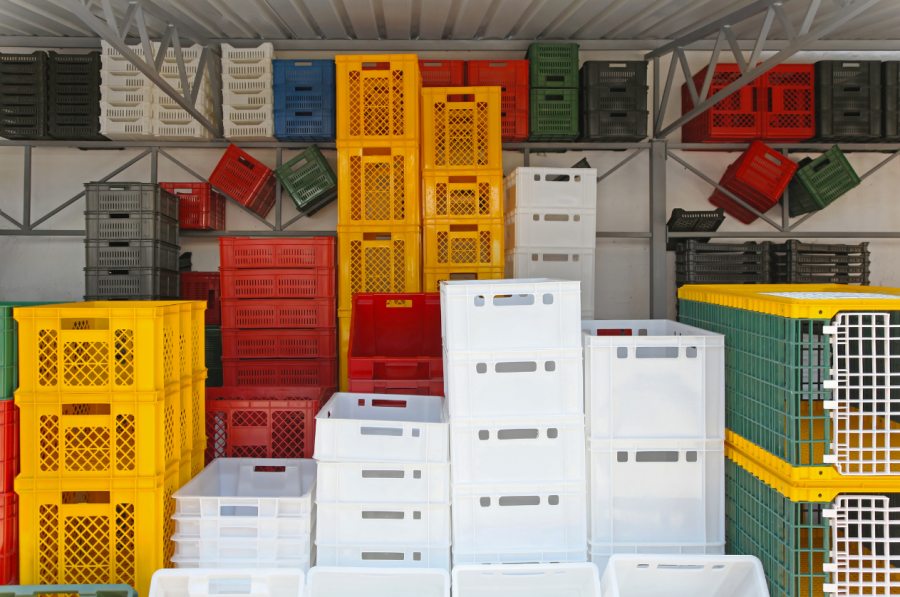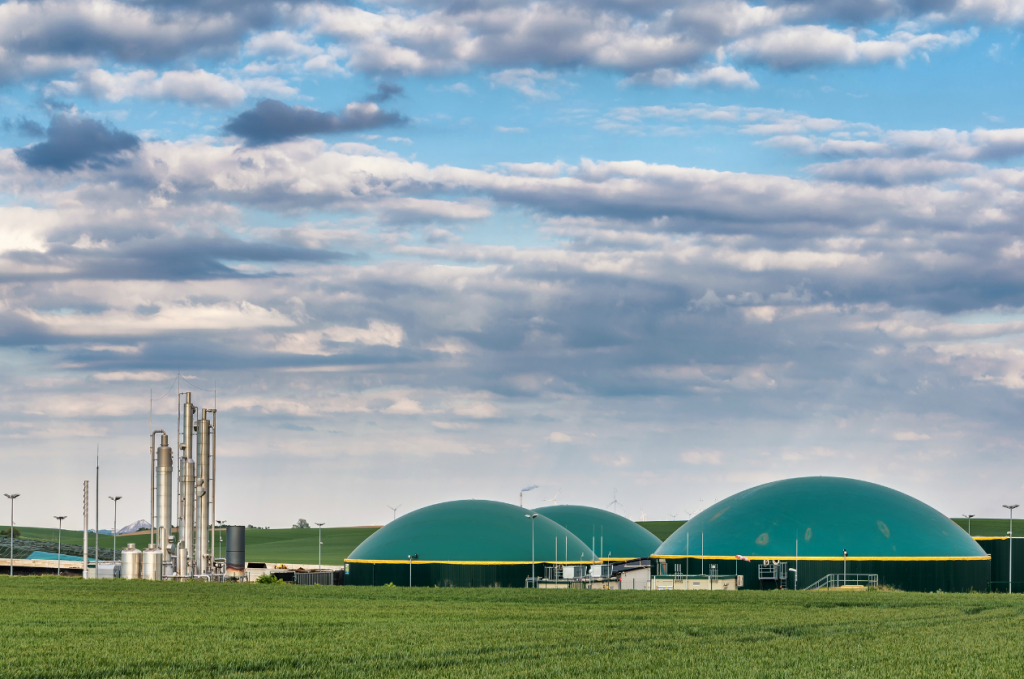Secondary packaging is used by every industry to protect and organize primary packaging to transport final products. As many benefits as it has, it is also problematic due to the finite raw materials it uses for manufacturing and the waste it creates after use. Every year, billions of trees are cut down and billions of barrels of petroleum are used to manufacture secondary packaging solutions that end up in landfills after a single use. This is not only bad for the environment, but it also uses a valuable part of the company’s budget that be used for other purposes.
It is now more crucial than ever for businesses to reduce their secondary packaging footprint and become more environmentally friendly by moving to sustainable packaging solutions.
What is Secondary Packaging?
Secondary packaging is the layer of packaging that surrounds a product’s primary packaging (primary packaging often has direct contact with products such as food produce). It is typically made up of cardboard and plastic. Its purpose is to protect the product from damage and tampering as it moves through the supply chain, as well as to make it easier to transport.
What Can Be Done About It?
There are many factors that can be re-assessed by businesses to reduce their secondary packaging waste and carbon footprint. One of the most effective ways is to switch to sustainable, eco-friendly packaging solutions made from recycled or recyclable materials. As more companies operate with sustainable packaging, the more emissions are prevented and the closer they get to meeting their sustainable development goals. Another factor to reassess is the amount of packaging used overall. Manufacturing solutions that are more suitably sized for the product helps businesses eliminate any unnecessary packaging they were using before. This can be done by more suitable packaging or alternative manufacturing methods such as 3D printing.
Finally, businesses should consider using reusable and recyclable packaging. This type of packaging can be used multiple times and then returned to the supplier when it is no longer needed. Once the packaging solutions can no longer be reused, they are sent directly to recycling.
Switch to Sustainable Packaging Solutions with UBQ™
At UBQ, we offer sustainable, eco-friendly secondary packaging solutions that can help businesses reduce their environmental footprint. Our products are made from recycled materials and are sustainable and easy to recycle. By switching to sustainable packaging solutions, businesses can save money, reduce waste, and help the environment.
Our cutting-edge manufacturing process transforms leftover household waste, including organics such as food and diapers, as well as plastic, cardboard, and packaging waste – into a sustainable thermoplastic – an alternative to plastics and other conventional raw packaging materials.
What is Sustainable Packaging?
Sustainable packaging is made from recycled materials that can be reused and recycled. It is also designed to reduce waste and environmental impact in the manufacturing process of secondary packaging solutions. Sustainable secondary packaging materials are designed to reduce environmental impact by using recycled materials and sustainable practices. The manufacturing process of sustainable packaging materials uses less energy and resources and prevents the generation of waste.
Sustainable Packaging Materials UBQ™
Manufacturers in the packaging industry can now make secondary packaging products that have a positive impact on our world without sacrificing profits by using UBQ™.
UBQ Materials provides a solution to this rising dilemma by revealing the hidden value in waste. UBQ™ is made from 100% unsorted household trash diverted from landfills, including food residues and mixed plastics, as well as cardboard, and even dirty diapers.
Metals and minerals are extracted and recycled during the conversion process to be sent back to recycling, and everything that remains is turned into UBQ™ – nothing is wasted. This innovative sustainable material allows us to produce the most climate-friendly thermoplastic on the market, manufactured entirely from landfill waste, and can be used for the manufacturing of secondary packaging products.
How Can I Switch to Eco-Friendly Secondary Packaging?
If you’re interested in switching to eco-friendly secondary packaging, the first step is to research sustainable packaging options such as the ones mentioned above. There are many different types of sustainable packaging, each with its own benefits and drawbacks. Once you’ve decided on the best type of sustainable packaging for your needs, you can begin to make the transition.


